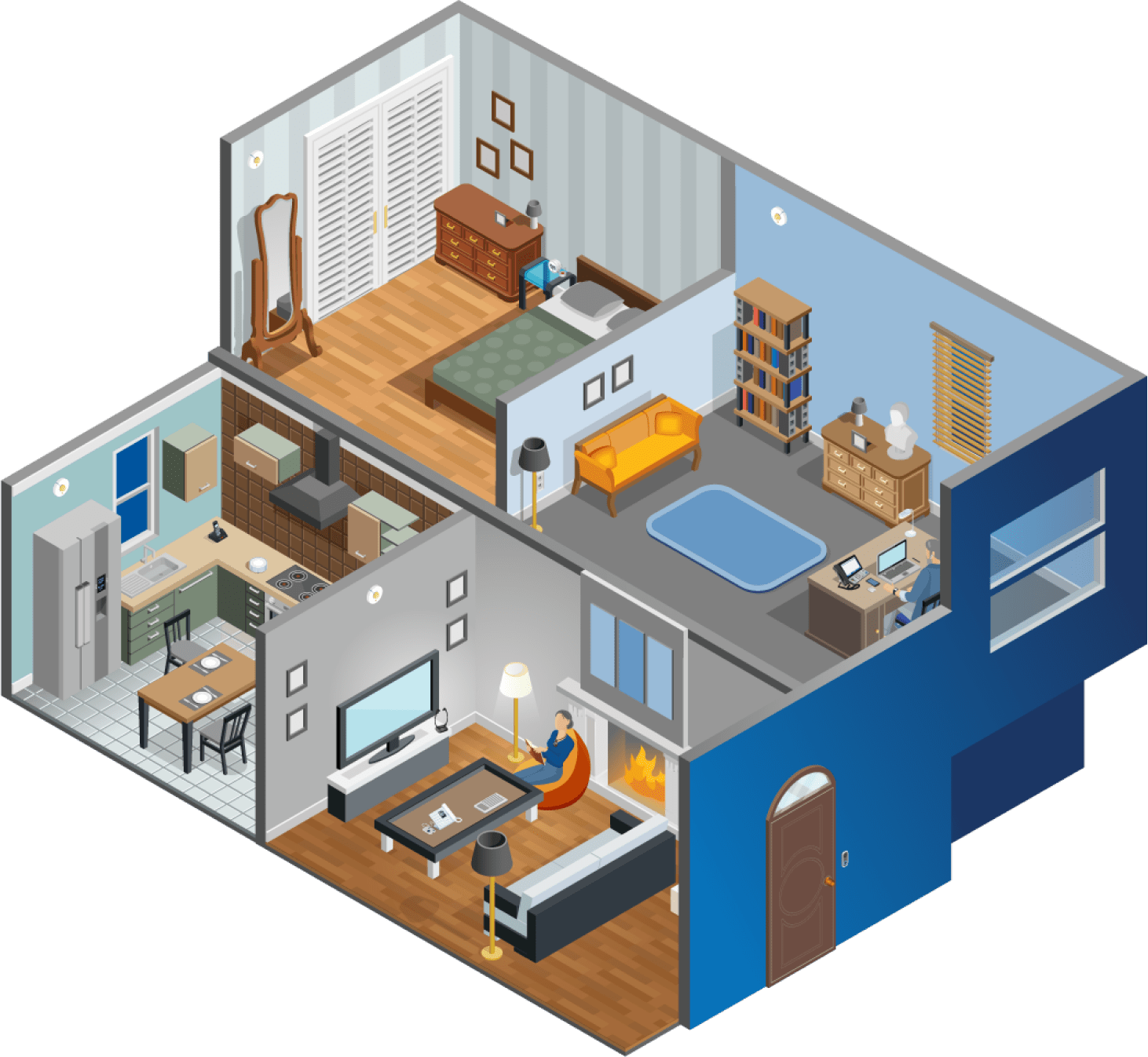Resources › Downloads and Resources › Infographic
10 Technologies for People with Hearing Loss
If you have hearing loss – or know someone who does – chances are you’re aware of hearing aids and cochlear implants. But there are many more ways to mitigate the effects of hearing loss. Beyond hearing aids and cochlear implants, here are 10 technological solutions that may benefit people with hearing loss.
Explore the Technology-Enabled Home
Betty and Joe each have hearing loss in both ears. Thanks to some amazing technology available today, their home is equipped with devices that can keep them safe and connected. Explore each room in the home by clicking on the blue circled numbers (1) to learn more about the solutions keeping them engaged.
-
Amplified Telephones
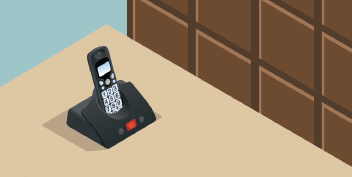
Amplified Telephones
Specialized phones that provide greater volumes for users than standard phones. These usually include visual indicators like a flashing light when ringing.
-
Captioned Telephones
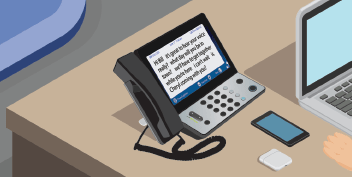
Captioned Telephones
A captioned phone, like the Hamilton® CapTel® 2400i, provides captions of what’s said on a large screen so the user can engage in phone conversations. People with qualified hearing loss may be eligible to get a phone at no cost.*
-
Neck Loops and FM Receivers

Neck Loops and FM Receivers
Usually connected to a set of headphones or built into hearables and/or hearing aids. These allow users to hear anything picked up by a microphone or broadcast over a limited-range FM signal.
-
“Hearables”
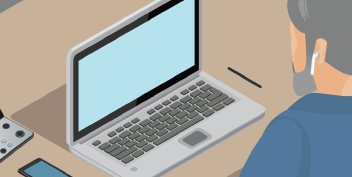
“Hearables”
Hearables are part of a growing trend of technology that extends “wearable” tech to the ear. These devices can be used to amplify sounds for people with mild to moderate hearing loss.
-
TV Headphones
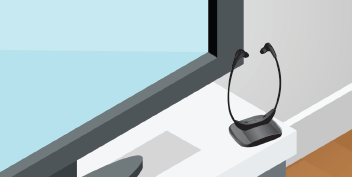
TV Headphones
A pair of headphones that picks up the TV audio signal, usually via Bluetooth® or infrared transmission.
-
Portable Phone Amplifiers
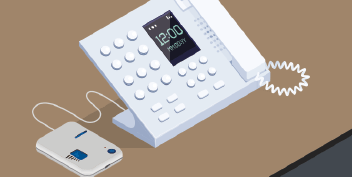
Portable Phone Amplifiers
These devices provide inline phone amplification and can be plugged into any standard telephone to increase the volume by up to 40 dBA.
-
Alarm Clocks
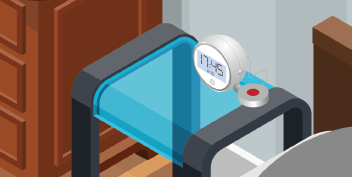
Alarm Clocks
There are different ways to set wakeup alarms that don’t require sound. Smartwatch and bed-shaking vibration alerts as well as light-based alarm clocks are other options.
-
Alarms & Alerts

Alarms & Alerts
These lighted notifications detect “environmental” sounds such as a baby crying, a smoke alarm beeping or a door bell ringing.
-
Wearables
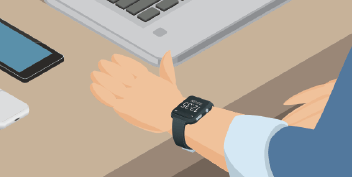
Wearables
A few companies make wearable tech like rings, bracelets, smart watches and connected glasses that use non-audio alerts (light flash, vibrations, etc.) to provide different notifications from your smartphone.
-
Wi-Fi Digital Doorbells

Wi-Fi Digital Doorbells
Several brands in the marketplace manufacture “doorbells” that send alerts directly to a smartphone. A live video feed is provided so people can see the person on the other side of the door.
